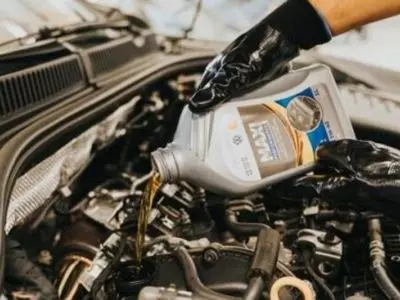No products in the cart.
Tractor
HOW TO Put Hydraulic Fluid in a Mahindra Tractor
If you’re the owner of a Mahindra tractor, you know how important it is to keep the hydraulic fluid in check. The hydraulic fluid keeps your tractor’s moving parts lubricated and functioning properly. If you neglect to replace or add juice when needed, you could end up with a tractor that doesn’t work at all. This blog post will show you how to put hydraulic fluid in a Mahindra tractor in just a few easy steps!
*This post may have affiliate links, which means I may receive commissions if you choose to purchase through links I provide (at no extra cost to you). As an Amazon Associate I earn from qualifying purchases. Please read my disclaimer for additional details.
Why is Hydraulic Fluid Important?
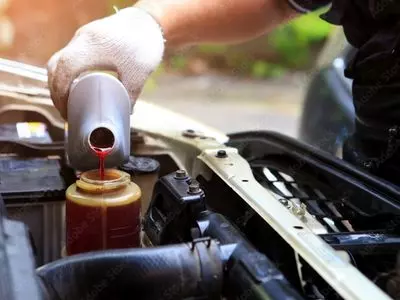
Lubricates the Tractor Engine
Hydraulic fluid helps to lubricate the moving parts of the tractor. This includes the engine, transmission, axles, and other moving parts. By keeping these parts lubricated, the hydraulic fluid helps to reduce wear and tear on the tractor.Keeps the Tractor Cool
Hydraulic fluid helps to keep the tractor cool. The fluid transfers heat away from the engine and other hot parts of the tractor. This keeps the tractor running cooler and increases its lifespan.Keep the Engine Clean
Hydraulic fluid helps to clean the engine. The fluid picks up dirt and debris as it circulates through the tractor. This helps to keep the engine clean and extends its life. Read our related article, Who Makes Mahindra Tractor Engines? Learn about how these tractors are made.Seals Engine
Hydraulic fluid helps to seal the engine. The fluid surrounds and fills the piston rings and other critical engine parts. This prevents oil leaks and extends the life of the machine. Hydraulic fluid is essential for a Mahindra tractor because it helps to make it more efficient. The fluid transfers power more efficiently than mechanical systems. This makes the tractor more powerful and increases its fuel efficiency.How to Check the Hydraulic Fluid Level
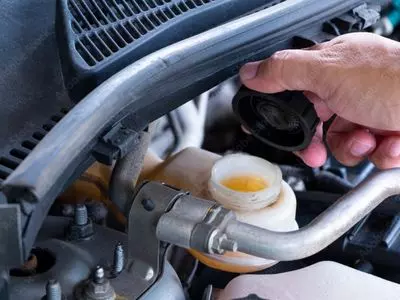
- Park the tractor on level ground and set the parking brake.
- Remove the fill cap from the hydraulic reservoir (located under the hood) and clean any debris from the fill hole.
- Check the fluid level through the fill hole. The fluid should be at or below the “full” line on the dipstick.
- If the fluid level is low, add hydraulic fluid (sold at most farm supply stores) until it reaches the “full” line on the dipstick. Be careful not to overfill!
- Replace the fill cap and tighten it securely.
How to Add Hydraulic Fluid
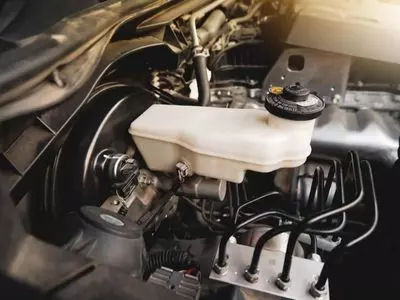
- Park the tractor on a level surface and set the parking brake.
- Locate the hydraulic fluid reservoir, which is usually located near the rear of the tractor.
- Remove the cap from the reservoir and clean any debris from the opening.
- Using a funnel, slowly add the recommended type and amount of hydraulic fluid to the reservoir.
- Replace the cap on the reservoir and tighten it securely.
- Start the tractor and allow it to run for a few minutes. This will help to distribute the new hydraulic fluid throughout the system.
- Shut off the tractor and check the fluid level in the reservoir. Add more as needed until it reaches the full mark.
- Replace any covers or guards removed during this process before operating the tractor again.
How to Bleed the Air Out of the Hydraulic System
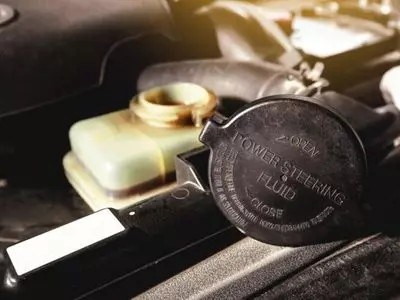
How to Bleed Air Out
- To bleed the air out of your Mahindra tractor’s hydraulic system, start by removing the filler cap from the reservoir.
- Then, find the bleeder screws on each of the two main hydraulic lines and loosen them slightly.
- Next, turn on the tractor and engage the PTO.
- With the PTO engaged, slowly open each bleeder screw until you see a steady stream of fluid coming out.
- Once all the air has been purged from the system, close the bleeder screws and replace the reservoir cap.
- Finally, check the hydraulic connections for leaks and tighten them if necessary.
How to Troubleshoot Hydraulic Fluid Problems
Hydraulic fluid problems in a Mahindra tractor can manifest in several ways. The most common problem is when the hydraulic fluid level gets low. If this happens, the first thing you should check is for any leaks. Check for any damp or oily stains on the ground where you parked the tractor, under its hood, and around all of the hoses on the back. If you find a leak, tighten the connection or replace the hose. Once you’ve checked for leaks, top off the hydraulic fluid level and recheck it after using the tractor to ensure it doesn’t drop quickly. Another problem is when air gets into the hydraulic fluid system. This can happen if there’s a leak in one of the hoses or if the cap on the hydraulic fluid reservoir is loose.- To bleed the air out of the system, locate the bleeder valve on the hydraulic pump (it will be labeled) and open it up.
- With the bleeder valve open, operate the affected controls on the tractor until you see bubbling in the Hydraulic fluid coming out of the bleeder valve.
- At this point, close the bleeder valve and check to ensure the problem has been resolved.
